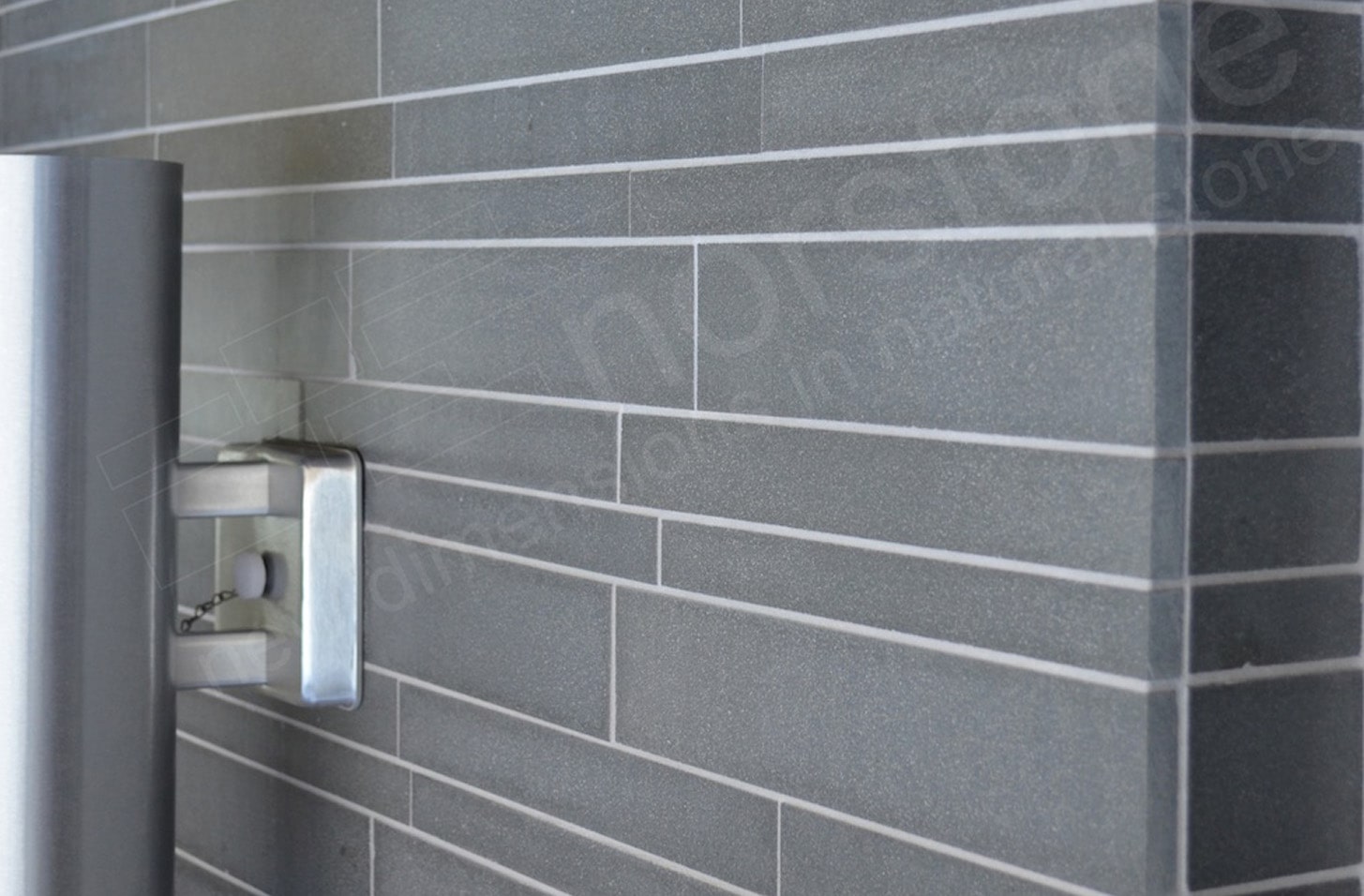Basalt or Lava Stone – What's the difference?
The natural stone world is full of words that are different, but describe the same thing. You might call a product field stone in Tennessee and flag stone in California, or stacked stone in Florida and split face in New York. One such grouping of terms that is generally misunderstood is Basalt and Lava Stone, when used to refer to the same stone. Here at Norstone we’ve been working with Basalt for about 10 years, and even with all that knowledge, we’ll readily admit that we didn’t really know what the difference was until about 18 months ago when we first started prototyping new products made from what our quarry was calling Lava Stone. The old saying that you learn something new every day rang true for us that day when we learned what the difference is between Basalt and Lava Stone. Let’s take a deep dive into these two stones and learn how they are both similar and different.

We’ll go ahead and start with Basalt, since this is a stone that we’ve worked with for many years, and define it, at a very high level, as an igneous rock that is formed from the rapid cooling of lava at or very near the surface. One of the key things to know about basalt is that it has a fine grained mineral texture which is formed because the molten lava is cooling so quickly that it doesn’t have time to form for large mineral crystals to grow. Basalt is generally going to be in the grey to dark grey to black color range since its formed from molten lava.

Basalt is a very workable stone that can be cut thin, has suitable hardness and durability for a variety of commercial applications, and can be honed, polished, or finished in a variety of other ways to create interesting products. Norstone makes a medium format interlocking wall tile, a 3D smooth faced stone panel, and our large format loose veneer Planc product with basalt in two different colors, Grey and Ebony.

Lava Stone is a more generic term than Basalt from a geological standpoint. Most of the time it’s used in the stone industry to describe any stone that is a volcanic rock, which in reality can vary widely based on the mineral content of the volcanic rock itself. The Lava Stone that we are using in our wall veneer products has a very similar make up to basalt from a mineral composition standpoint, the main difference is that the Lava Stone has varying degrees of vesicles, or what we simply refer to as “holes”. These vesicles form when gases that were dissolved in the molten magma come out of the solution during eruption, creating bubbles in the molten rock, some of which get frozen in place as the rock cools and becomes solid, creating the unique veining and natural stone “marking” that we see in our lava stone products. This stone generally cools less rapidly than basalt, making the grain not quite as fine and not as dense.

Lava Stone is also a great product for commercial applications and has a distinct advantage of being more cost effective than basalt since it is more prevalent and the natural features, such as heavy vesicle patterns or veining, are considered part of the natural beauty of the stone and not an imperfection as it would be for basalt. Norstone currently only makes two products with Lava Stone, our Platinum and Graphite colors of the large format loose veneer Planc tile. Platinum has a basic saw cut finish while Graphite has a light honing to create a smoother texture and slightly darker color. We see a lot of possibility with Lava Stone and are testing it for other products including our Lynia Interlocking Tiles and Aksent 3D Stone Panels.
When it comes to natural stone, it’s super important to know what kind of stone you are working with, as it can impact where it can be used (interior / exterior / water applications, etc), and how the product should be maintained. If the manufacturer of a stone product can be specific with the details of a stone being used it’s a red flag that they don’t really know what they’re working with and that might mean potential pit falls for you down the road if the information they provide turns out to be incompatible with the actual stone being used. Contact any of our natural stone experts today to learn more about not just basalt and lava stone, but any of our natural stone products and how they might be a good fit for your next wall cladding project!
.png)



